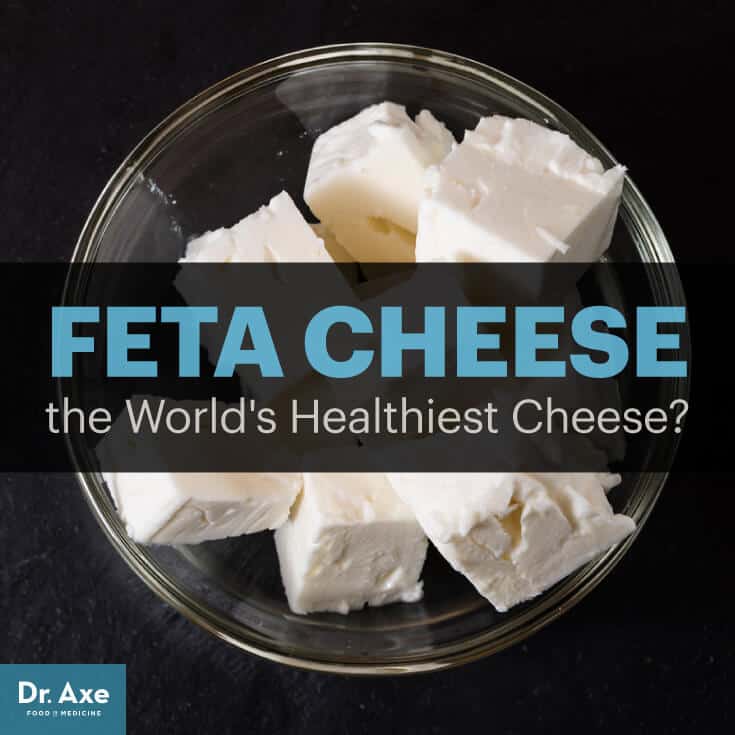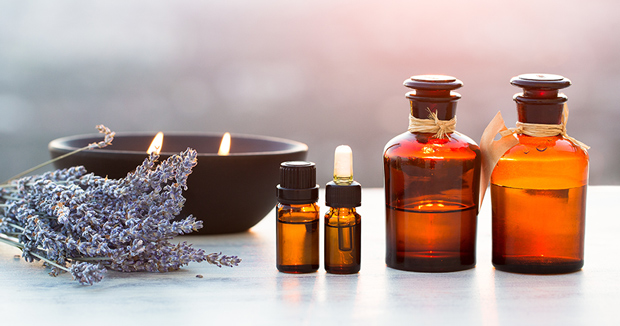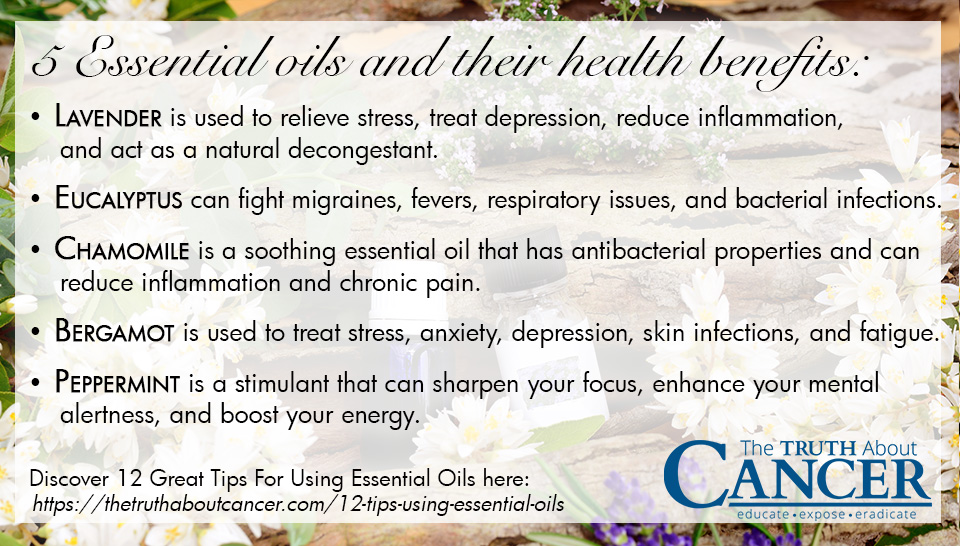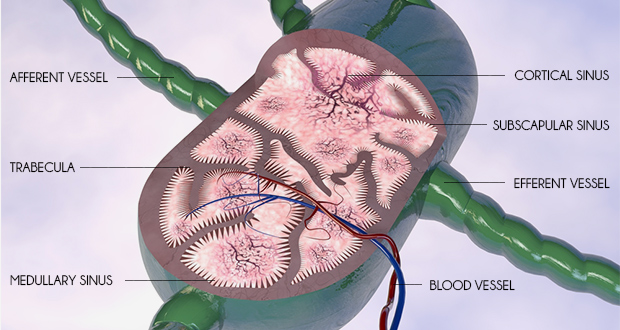Dr Josh Axe
7 Benefits of Feta Cheese Nutrition — the Healthiest Cheese & Even Anti-Cancer

I have good news! Not all cheese is bad for you — so if you’re a cheese lover, make sure you choose the healthiest cheese out there: feta.
Cheese is a delicious, savory addition to many dishes, but with the rise in popularity of processed dairy, it’s become a product many people avoid when sticking to a healthy diet.
Made from sheep or goat milk (often combined), feta cheese is a nutrient-rich option for getting the flavor you’re looking for, without the guilt. Feta is easier to digest and much less allergenic and inflammatory than cheeses from cow’s milk, which is encouraging to those of you who may be sensitive to dairy products.
Like most food products, it’s much better raw. If you can, avoid feta cheese made from pasteurized milk products. It’s important to also remember that feta cheese, high in sodium and saturated fat, should be used sparingly, and not every day.
Like most food products, it’s much better raw. If you can, avoid feta cheese made from pasteurized milk products. It’s important to also remember that feta cheese, high in sodium and saturated fat, should be used sparingly, and not every day.
Feta Cheese Nutrition Facts
The word “feta,” used by Greeks to describe this extremely popular cheese, comes from the Italian word fetta, which means “slice.” While the European Union now has specific qualifications of feta cheese, it’s possible to find “feta” cheese in other parts of the world that is made from cow or buffalo milk.
Need a reason to eat more (healthy!) cheese. Click here for a free guide on the 7 benefits of feta cheese!
Feta is a soft brined cheese characterized by few to no holes, a tangy taste and no skin. Feta cheese nutrition will depend on exactly what brand and type of feta you get. Traditional feta is made either from pure sheep’s milk, or a combination of sheep’s and goat’s milk (and no more than 30 percent goat’s milk).
- 74 calories
- 6 grams of fat
- 260 milligrams sodium
- 1.2 grams carbohydrates
- 4 grams protein
- 1 gram sugar
- 0.2 milligrams riboflavin/vitamin B2 (14 percent DV)
- 140 milligrams calcium (14 percent DV)
- 312 milligrams sodium (13 percent DV)
- 94 milligrams phosphorus (9 percent DV)
- 0.5 micrograms vitamin B12 (8 percent DV)
- 0.1 milligrams vitamin B6 (6 percent DV)
- 4.2 micrograms selenium (6 percent DV)
7 Benefits of Feta Cheese
1. Protects against cancer
Perhaps one of the most intriguing benefits of feta cheese nutrition? It’s cancer-protective effects. As a rich source of calcium, feta cheese allows you to take advantage of research suggesting that calcium (combined with vitamin D) helps protect the body against various types of cancer. (2)
Don’t forget that magnesium is vital for calcium absorption. If you have a magnesium deficiency, your body is not properly absorbing the calcium you consume, which means you won’t get its full health benefits.
But it’s not just calcium in feta cheese nutrition that protects against cancer! The protein alpha-lactalbumin can be found in this Greek cheese as well, and when it binds to calcium and zinc ions, has been suggested to have antibacterial and antitumor properties.
2. Supports bone health
You probably already know that calcium is good for your bones. After all, who hasn’t heard of the “Got Milk” campaign of the ’90s? However, countries with high dairy consumption also have high incidence rates of osteoporosis — so what’s going on, and why might feta be one of the answers to the calcium and dairy question?
First of all, it’s true — calcium supports your bones. It increases peak bone mass, especially in children and teens into those in their 20s. The greater your peak bone mass, the less risk you are at for osteoporosis and other conditions involving the loss of bone mass.
However, milk can hurt your bones, as pasteurized cow’s milk is one of the worst places to get the most calcium, due to its habit of causing acidosis (a high level of acid in the body). Instead, find other high-calcium foods (like feta), and try introducing more alkaline foods into your diet, such as parsley, spinach, and zucchini.
3. Boosts immune system
Another protein found in feta cheese nutrition is called histidine. This protein was initially considered important only in infant health, but later was found essential in adults as well. (3)
When histidine is combined with vitamin B6 (also found in feta cheese), it undergoes a molecular process to become histamine. That compound is part of the inflammatory process. Although it is generally important to remove foods that cause inflammation from your diet, a small degree of inflammation is what allows your immune system to fight disease.
Eating foods like feta cheese sparingly, combined with a diet high in antioxidants to protect from the damage of excess inflammation, can ensure a healthy immune system ready to fight disease the way it was originally designed. (Plus, as a bonus, feta cheese contains probiotics, which also help your immune system fight infection and disease!)

4. Helps you maintain a healthy gut
Another good thing about feta cheese nutrition is that is provides you with helpful probiotics! (4) Probiotics are the bacteria that line your gut. When they go out of whack, your body becomes a breeding ground for bacteria, yeast, fungi, parasites and many other very unsavory things.
Not only are probiotics immunity boosters, they allow you to maintain a healthy gut and avoid many digestive problems common in high-stress lifestyles, especially in people who regularly consume GMOs, sugary foods and are exposed to antibiotics and other dangerous chemicals.
5. Prevents headaches, including migraines
Feta cheese is a good source of vitamin B2 or “Riboflavin.” Vitamin B2 has been known for a long time as a natural remedy for headaches, migraines included. (5) A diet rich in vitamin B2 (and Riboflavin supplements, if needed) can serve as a preventative method to limit migraines and other types of chronic headache.
6. Protects your eyes and prevents degenerative eye disease
Riboflavin is good for more than one part of your noggin! Studies show that people whose diets are high in vitamin B2 are at a lower risk of degenerative eye diseases such as cataracts, keratoconus and glaucoma (all of which are associated with aging). (6)
7. Part of a natural treatment for anemia
Anemia is related to a problem with the hemoglobin cell that carries oxygen throughout the body. When your body is unable to get enough oxygen to the cells and tissues, it becomes weak and fatigued.
Associated with low levels of iron, folic acid or vitamin B12, anemia can be naturally treated with certain foods and supplementation of the deficient nutrients. Therefore, the vitamin B12 (and small amount of iron) found in feta cheese can serve as part of a diet to fight anemia. (7)
The History and Battles of Feta Cheese
The earliest documented reference to the production of feta cheese was in Greece, in the 8th century B.C. The technology described in Homer’s Odysseyto create this cheese from sheep and goat milk is actually similar to the method modern shepherds employ. Popular in ancient Greece, feta cheese was vital to Greek gastronomy.
However, what we consider feta cheese today was first recorded in the Byzantine Empire under the name “prósphatos,” meaning “fresh.” It’s brine storage and marketing was later explained by an Italian visitor to the island of Crete.
Feta cheese, interestingly, has been a source of quite a bit of legal battling in recent decades. Within the European Union, Denmark had, at one point, created what they termed “feta cheese,” but made from blanched cow’s milk. Since 2002, marking the resolution of that case, the EU has deemed the term “feta” as a PPO, or “protected product of origin,” of Greece.
Another recent agreement in 2013 between the EU and Canada protects the name “feta cheese” from being used, except when referring to sheep’s/goat’s milk cheese imported from Greece. Canadian manufacturers are now required to label their similar product as “feta-style cheese.”
These disputes originated mainly from the argument that the specific breeds of sheep and goats within Greece are what give real feta its distinctive aroma and flavor.
How to Use + Recipes
Feta is generally used as a topping for salads and other types of food. You can use feta cheese raw or cooked. Many recipes call for feta cheese crumbles, but you’ll also find many recipes that use slices of feta.
One of our best recipes involving feta is my Roasted Beet Salad. It’s a simple salad with antioxidant-rich beets, using feta cheese as a topping.
You may also enjoy feta in many Mediterranean Diet Recipes, including Cucumber Rollups. Just put some raw feta crumbles on sliced cucumber covered in hummus, along with red peppers.
Hungry for grilled cheese? Then I suggest using feta as part of this Avocado Grilled Cheese sandwich. Trust me, you will be really happy you did.
Potential Side Effects & Caution
While feta cheese is significantly less allergenic than cheese derived from cow’s milk, it is still possible to be allergic to goat or sheep’s milk. About 90 percent of people with a diagnosed cow’s milk allergy also find that their body recognizes the same proteins in goat’s milk.
However, if you are sensitive but not allergic to cow’s milk, you will probably find products like feta to be a great alternative!
Another potential caution when consuming feta cheese is for those suffering from histamine intolerance. (8) Again, histamine is a vital protein in small doses to help your body fight infection, but too much of it causes excess inflammation. People who suffer from histamine intolerance, unlike most people, have a very hard time breaking down histamine when it exists in high levels in the body, and may experience allergy-like symptoms when consuming food containing the histamine protein.
If you experience symptoms like hives, sweating or swelling after consuming feta cheese or other goat/sheep milk products, stop eating it and consult your physician immediately.




